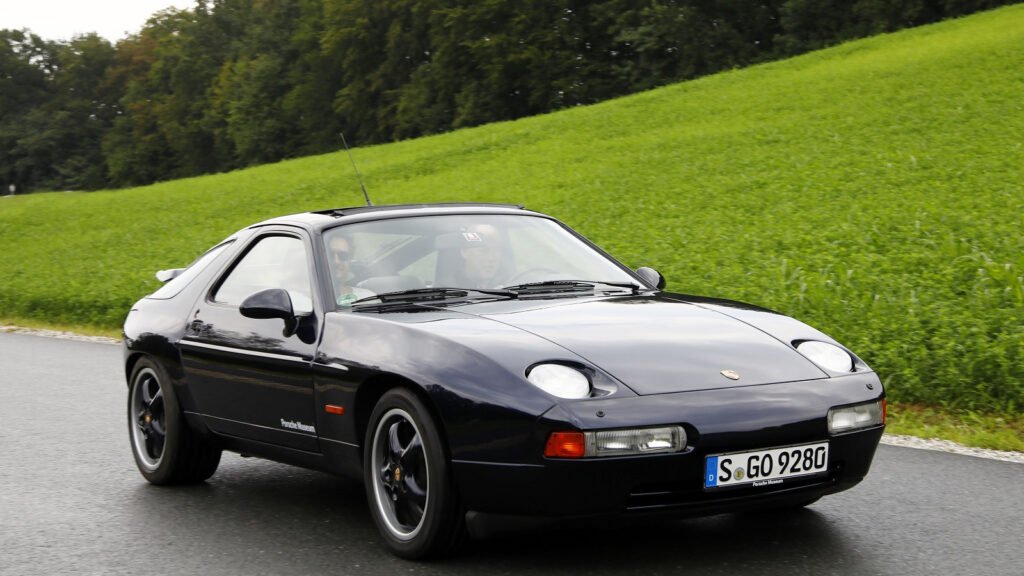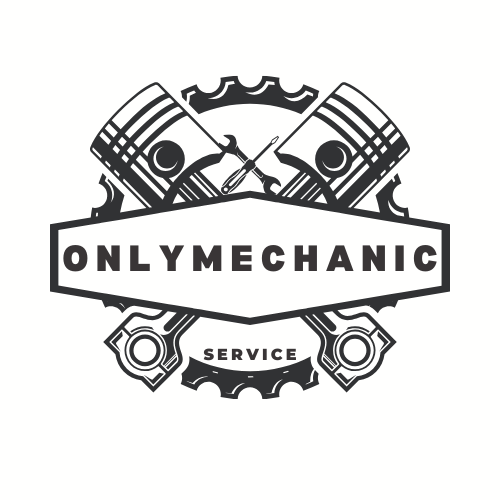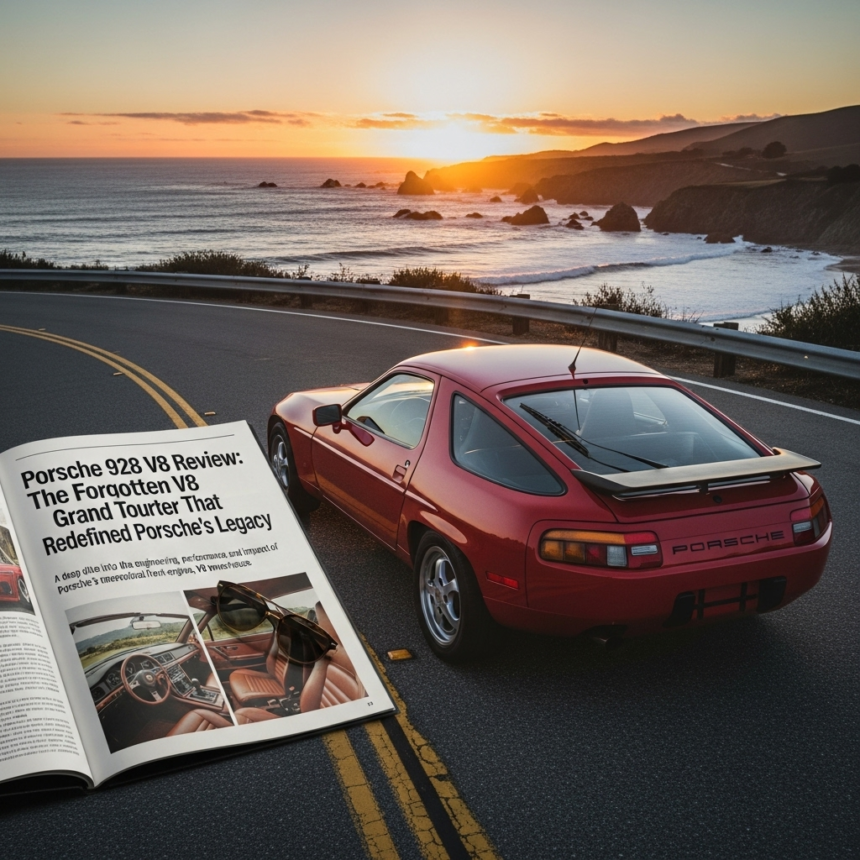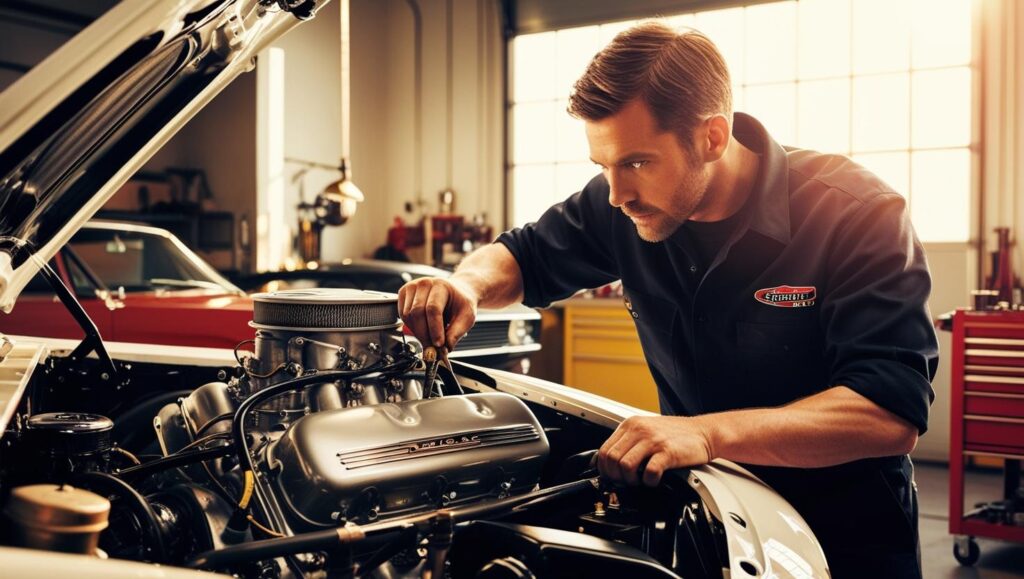Introduction: A Bold Move from Porsche
When the Porsche 928 V8 was unveiled in 1977, it shocked the automotive world. Known for its rear-engine sports cars, Porsche dared to create a front-engine, rear-wheel-drive grand tourer powered by a V8 — a radical departure from the beloved 911. Though controversial at first, the 928 proved that Porsche could master luxury and performance in one sleek package.

Design: Timeless Elegance Meets Muscle
The 928’s design remains one of the most recognizable silhouettes in automotive history. Its pop-up headlights, wide stance, and curvaceous body lines gave it a futuristic look that still turns heads today.
Built with aluminum panels to reduce weight, the 928 combined German engineering precision with Italian-like grand touring beauty. The result? A car that looked as fast as it drove.
Engine and Performance: The Power of the V8
Under the hood, the Porsche 928 featured a 4.5-liter V8 engine, later upgraded through the years to 5.0 and even 5.4 liters in later variants. Depending on the model, power output ranged from 219 hp to over 350 hp.
Performance highlights:
- 0–100 km/h (0–62 mph) in around 6 seconds (depending on version)
- Top speed: over 250 km/h (155 mph)
- Transmission options: 5-speed manual or 4-speed automatic
The engine was smooth, torquey, and perfectly matched for long-distance touring — something few Porsches could boast at the time.
Driving Experience: A Refined Beast
The Porsche 928 V8 wasn’t built just for speed — it was built for balance. With its near 50/50 weight distribution, advanced Weissach rear axle, and excellent suspension tuning, it offered impressive handling for a front-engine GT.
Drivers often praised its stability at high speeds, smooth steering feel, and comfortable ride — a rare mix of sportiness and luxury.
The car felt more like a continent-crusher than a track toy — perfect for grand touring across Europe in pure style.
Interior and Comfort: Ahead of Its Time
Inside, the 928 showcased Porsche’s focus on ergonomics and innovation. The cockpit-style dashboard, adjustable instrument cluster, and luxurious leather seats made it feel futuristic in the late ‘70s and ‘80s.
Features such as power seats, climate control, and premium audio systems added to its grand touring identity.
Simply put, the 928 was as comfortable as it was fast — a car built for long drives without fatigue.
Legacy and Collectibility
Initially intended to replace the 911, the Porsche 928 never quite achieved that goal — but it carved its own unique place in Porsche’s history. Today, it’s seen as a cult classic, loved by enthusiasts for its V8 power, distinctive looks, and underrated status.
Prices for clean examples are rising, especially for the 928 S4, GT, and GTS variants, making it a solid investment for collectors who appreciate vintage performance cars.
Technical Specifications (Porsche 928 GTS Example)
| Specification | Details |
|---|---|
| Engine | 5.4L V8 |
| Power | 345 hp @ 5700 rpm |
| Torque | 369 lb-ft @ 4250 rpm |
| Transmission | 5-speed manual / 4-speed auto |
| Top Speed | 275 km/h (171 mph) |
| 0–100 km/h | ~5.4 seconds |
| Drive Type | Rear-wheel drive |
| Weight | 1,620 kg |
Pros and Cons
Pros:
- Timeless, elegant design
- Strong and smooth V8 performance
- Luxurious interior
- Excellent handling and comfort balance
- Increasing collector value
Cons:
- High maintenance costs
- Complex electronics for its age
- Heavy compared to the 911
Conclusion: A Porsche Worth Remembering
The Porsche 928 V8 stands as one of the most fascinating chapters in Porsche’s history. It dared to challenge convention, blending luxury and power like few others of its time.
Today, it represents a bold era of innovation, a symbol of what happens when Porsche thinks beyond tradition. For enthusiasts seeking a classic GT with soul, character, and a roaring V8, the Porsche 928 remains a masterpiece worth owning.


